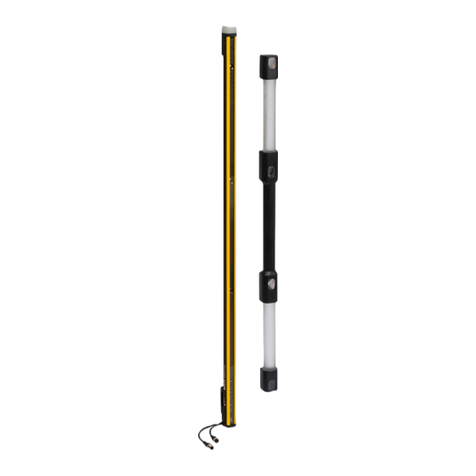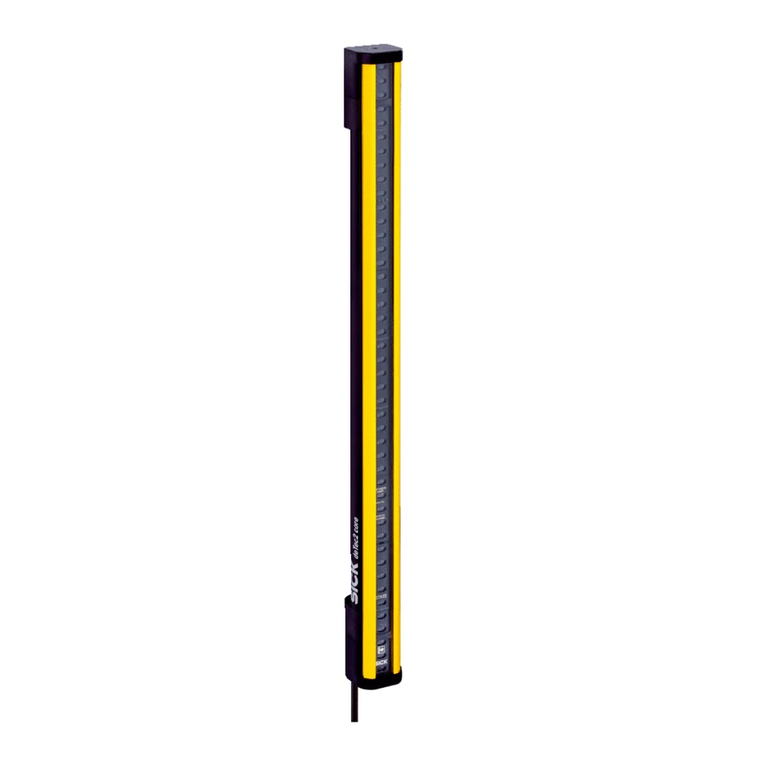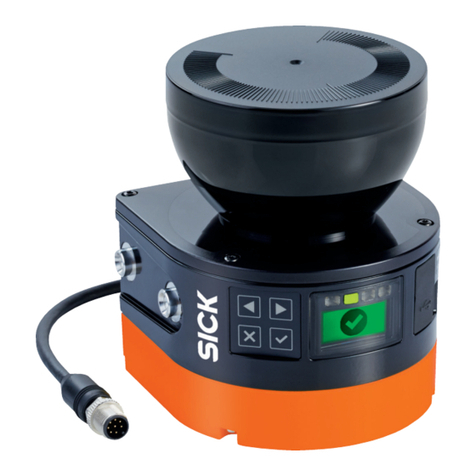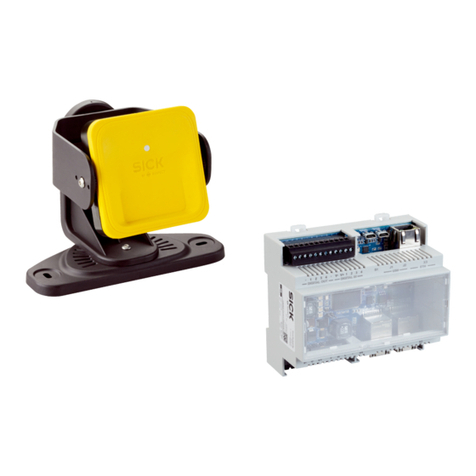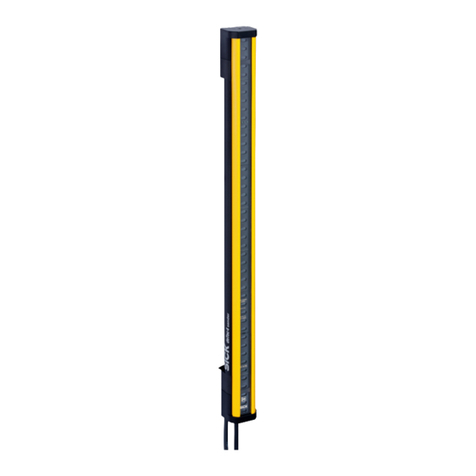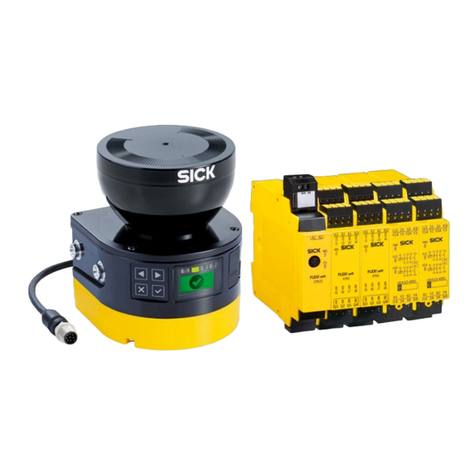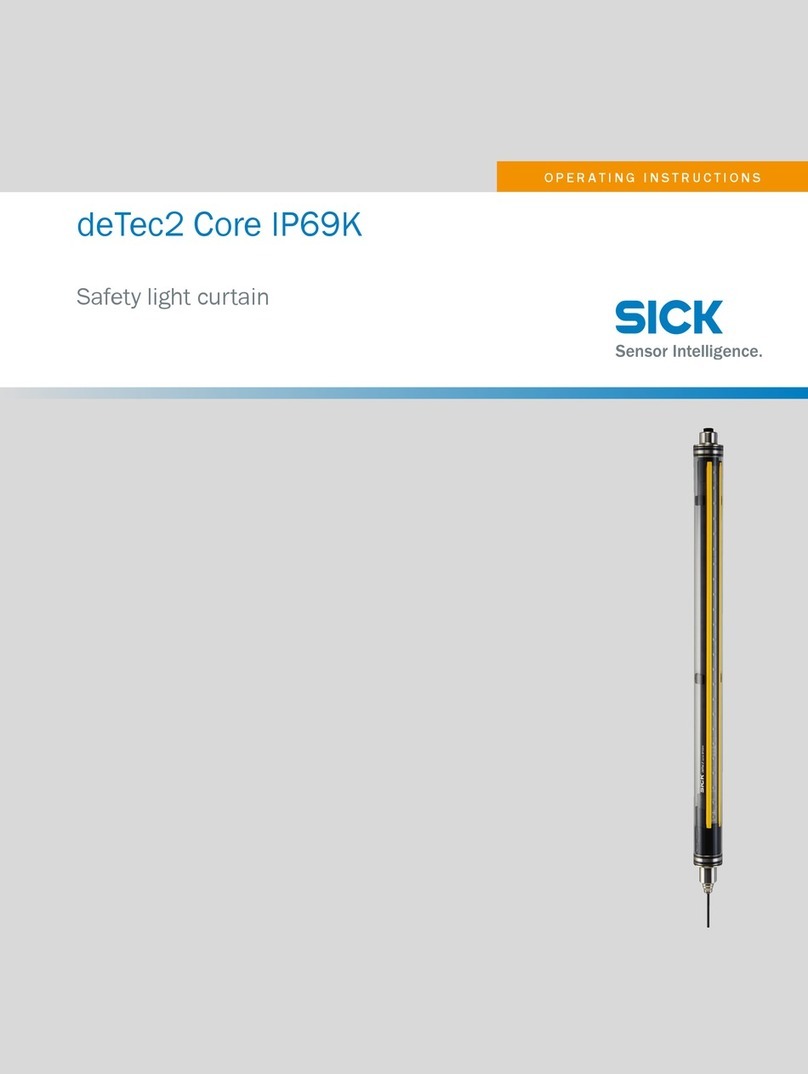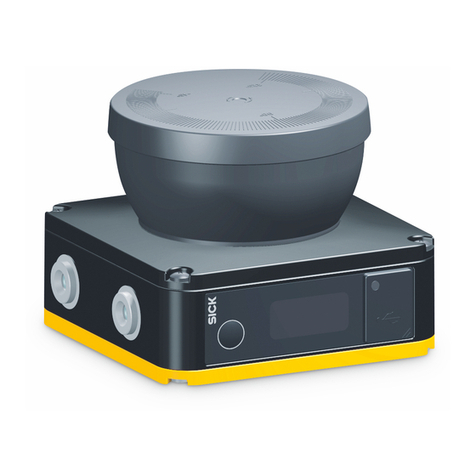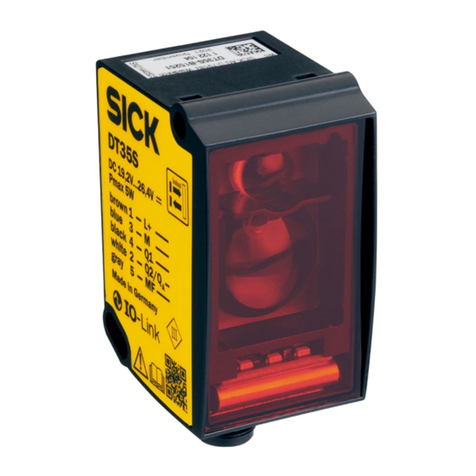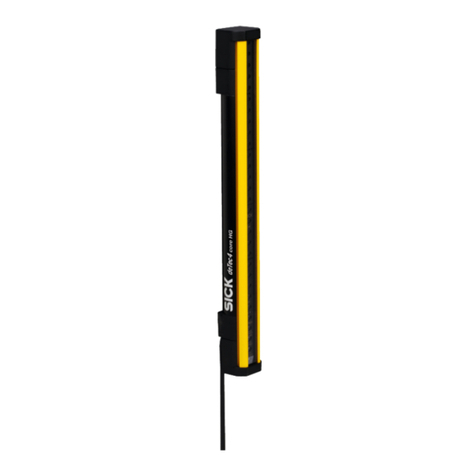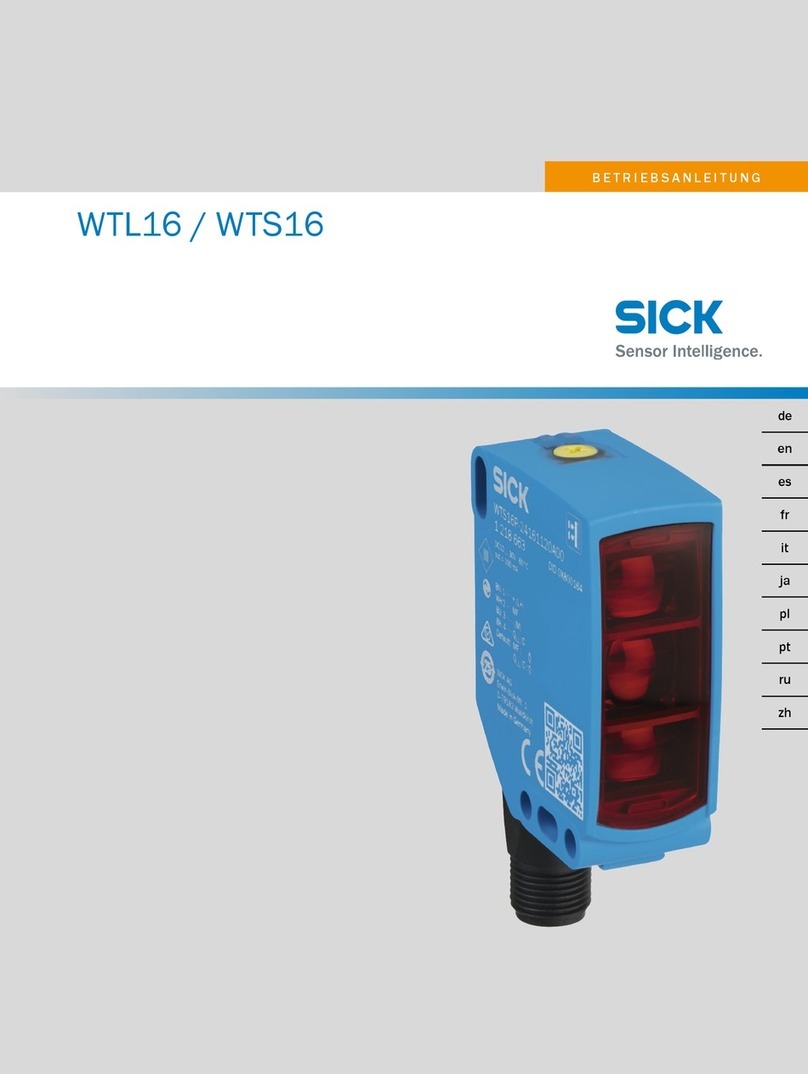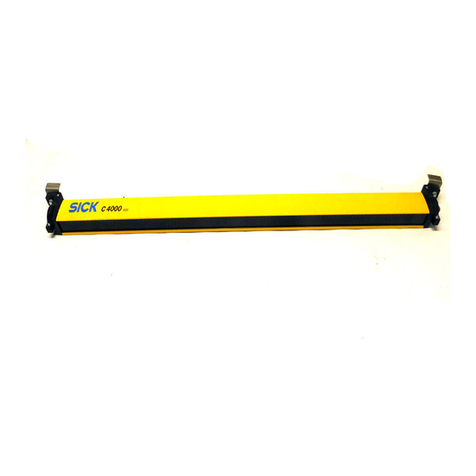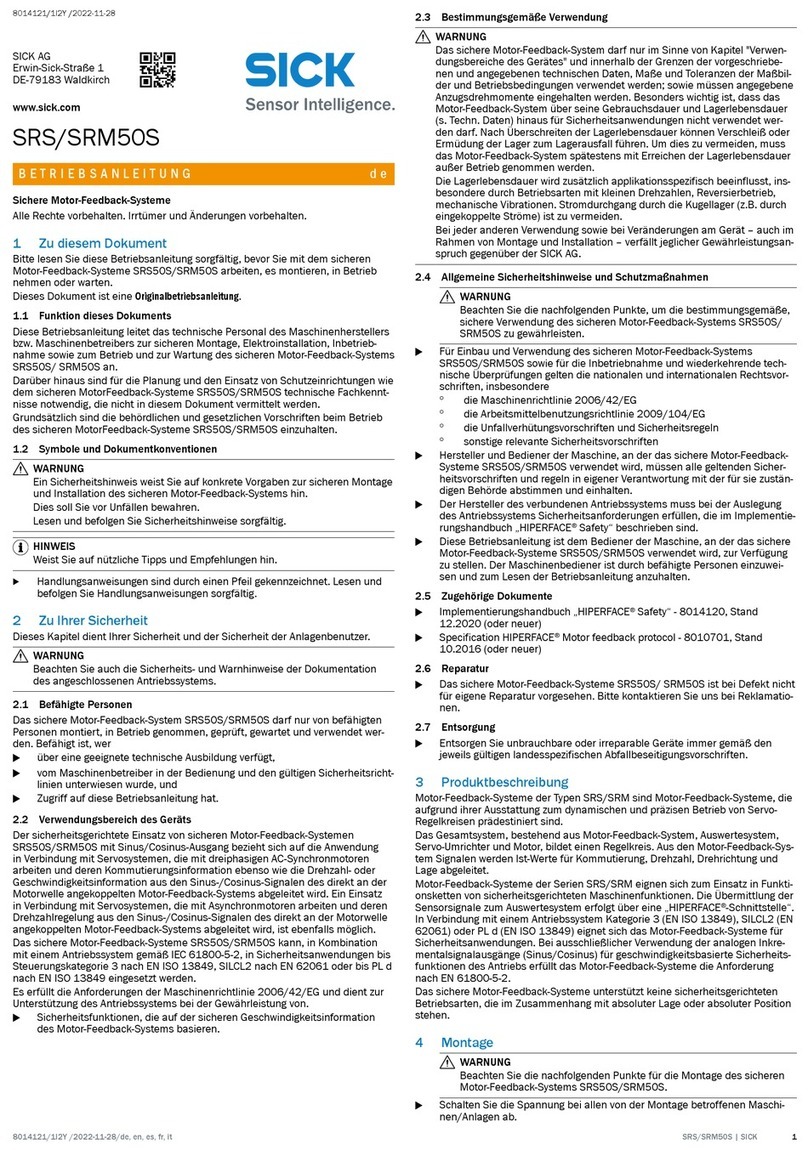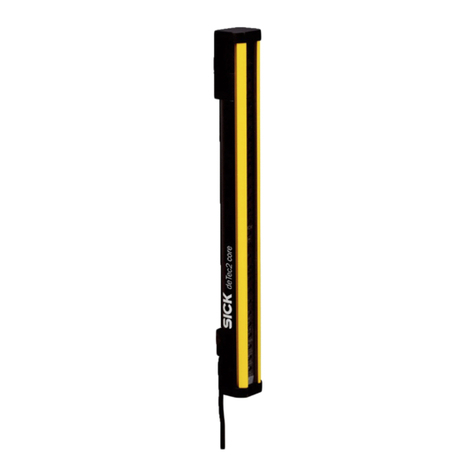Content
1About this document.......................................................................................... 6
1.1 Limitation of liability ................................................................................. 6
1.2 Purpose of this document........................................................................ 6
1.3 Target groups............................................................................................ 6
1.4 Abbreviations............................................................................................ 7
1.5 Further information .................................................................................. 7
1.6 Other relevant technical documentation/information ........................... 7
1.7 Document conventions ............................................................................ 7
2For your safety.................................................................................................... 8
2.1 Intended use............................................................................................. 8
2.2 General safety notes ................................................................................ 8
2.3 Requirements for the qualification of personnel ................................... 9
2.4 Warranty ................................................................................................... 9
2.5 RoHS Directive.......................................................................................... 9
2.6 Safe network environment ...................................................................... 9
2.7 Safety conventions................................................................................. 10
2.8 Sources of danger .................................................................................. 10
2.9 Warning symbols on the system components...................................... 11
2.10 Mandatory symbols................................................................................ 11
3Product description ......................................................................................... 12
3.1 Scope of delivery .................................................................................... 12
3.2 Components ........................................................................................... 13
3.2.1 Cabinet layout ......................................................................... 13
3.2.2 Controller ................................................................................. 15
3.2.3 Components for voltage supply.............................................. 16
3.2.4 Ethernet switches ................................................................... 17
3.3 Interfaces................................................................................................ 18
3.3.1 Overview .................................................................................. 18
3.3.2 Data interfaces for setting up an internal sensor
network.................................................................................... 19
3.3.3 Digital inputs and outputs ...................................................... 19
3.3.4 Interfaces for data and image output to the customer
system ..................................................................................... 20
3.4 Operating principle................................................................................. 22
3.4.1 Basic principle of the measuring and reading process ........ 22
3.4.2 Triggering and tracking ........................................................... 23
3.4.3 Data processing and data output .......................................... 24
3.5 Configuration with SOPAS...................................................................... 26
3.6 System requirements............................................................................. 28
3.7 Status indicators .................................................................................... 29
3.7.1 Status indicators on SIM2000-2 Prime controller ................ 29
3.7.2 Status indicators on the power supply modules ................... 33
3.7.3 LEDs on the fuse modules...................................................... 33
4Mounting .......................................................................................................... 34
5Electrical installation ...................................................................................... 36
5.1 Overview ................................................................................................. 37
5.1.1 Connection areas .................................................................... 37
5.1.2 Cable entries ........................................................................... 38
